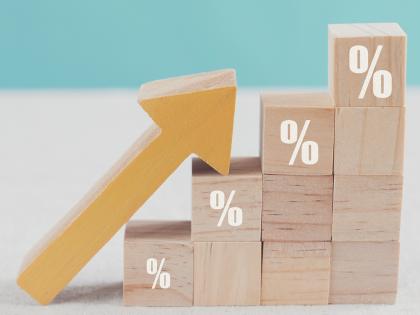Keeping Up with Industrial in a ‘Wildcard’ Year
As the Fed holds back on interest rate cuts, investors keep a close eye on market trends and tailwinds
Uncertainty around interest rates, slowed transactional volumes, and a future of unknowns has left investors in the industrial sector watching trends closely.
“This year has been a bit of a wildcard,” says Jason Patterson, senior vice president of investments at W. P. Carey. “People constantly speculate about what the future holds regarding interest rates, and we also saw a bit of softening on the lease demand side at the end of 2023.”
As uncertainty persists, understanding a few key trends can help the industrial sector track what’s next as it moves closer to a new normal.
Cost of Capital Challenges Persist
As 2024 began, forecasts predicted multiple interest rate cuts; however, the Fed has held rates unchanged to date. Recently, it adjusted the previous forecast from three expected rate cuts in 2024 to one, against the backdrop of persistent inflationary concerns. Volatility around rates has also led to investor hesitancy in making long-term commitments, further impacting transaction volumes.
“There is also a long and continuous trend toward e-commerce,” says Patterson. “In the near term, there has been a bit of volatility due to overbuilding in certain markets, and there is a bit more vacancy that needs to be absorbed. These shorter blips are relative to what seems to be a long-term trend toward higher value in industrial real estate.”
Despite ongoing challenges, opportunities still exist for the industrial market, and understanding some existing tailwinds can help investors capitalize on these.
Shift to Onshoring
Onshoring is a continued tailwind for the industrial sector, especially on the manufacturing side according to Patterson. “It seems there is bipartisan agreement around a movement to onshore, as sentiments trend toward increased American manufacturing.”
Upticks in high-tech chip manufacturing and transitioning the auto fleet to electric are also drivers of long-term industrial demand, says Patterson. While electric cars accounted for only 2% of vehicles in 2018, that number jumped to roughly 18% of all vehicles sold in 2023. A push toward more sustainable vehicle technologies could further drive long-term industrial demand, but Patterson cautions that continued growth could depend on the outcome of the election.
Strategic Positioning and Access to Capital
When operating in a market with many unknowns, a good place to start is focusing on what’s within your control, suggests Patterson.
“Factors such as interest rates are out of the hands of most folks,” says Patterson. “We focus on sticking to our competitive advantage, which is underwriting sub-investment-grade long-term lease opportunities.”
Agility is also key, as is working with partners who can support the market’s need for increased flexibility. According to Patterson, “This is a time when having a reputation for strong performance and access to capital is very valuable. At W. P. Carey, we are well positioned to execute with significant liquidity and capital, enabling us to be nimble in the current environment.”

You May Also Like:

The Appeal of Industrial Sale-leaseback Transactions
Let’s start with the foundation: if you’re unfamiliar with the term sale-leaseback, you should go here- The Ins And Outs Of Sale-Leasebacks| W. P. Carey. For a more focused explanation relating...
Is the Net Lease Industrial Market Still "Red Hot"?
The single-tenant net lease industrial market has been on fire in recent years. Buoyed by e-commerce growth, industrial properties were seeing record low cap rates and record high competition from...